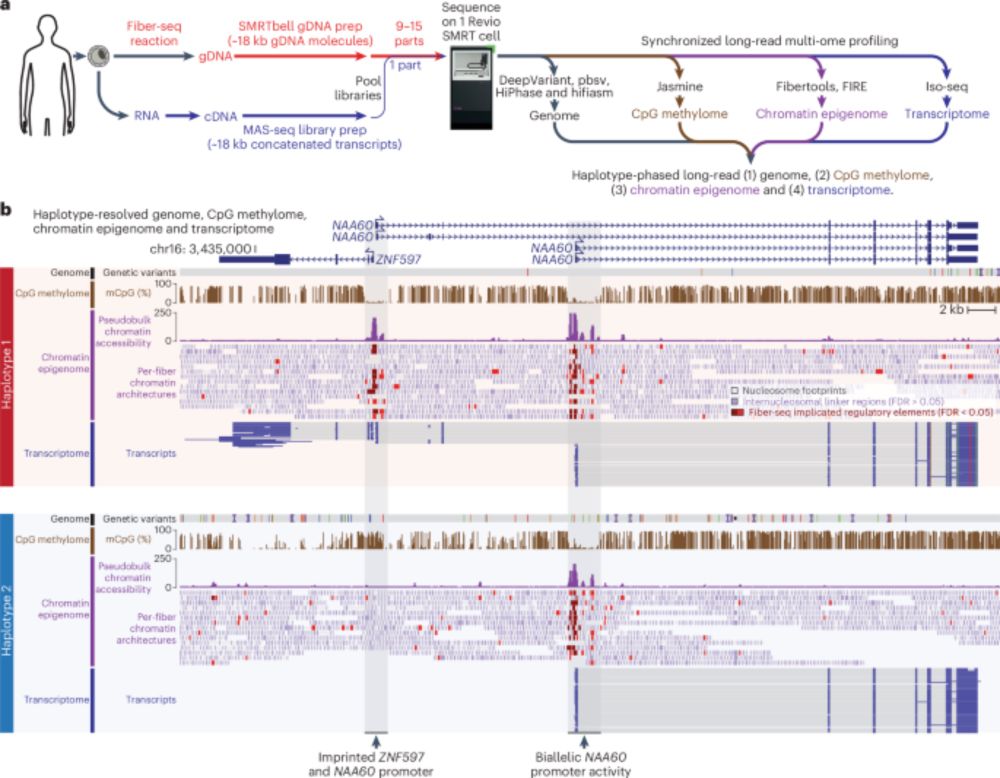


rdcu.be/ef95k

rdcu.be/ef95k



(1/n)

www.cell.com/molecular-ce...

www.cell.com/molecular-ce...

Attend the premier conference at the intersection of ML & Bio, share your research and make lasting connections!
Submission deadline: June 1
More details: mlcb.github.io
Help spread the word—please RT! #MLCB2025
Attend the premier conference at the intersection of ML & Bio, share your research and make lasting connections!
Submission deadline: June 1
More details: mlcb.github.io
Help spread the word—please RT! #MLCB2025

www.nature.com/articles/s41...

www.nature.com/articles/s41...
Paper: www.nature.com/articles/s41...

Paper: www.nature.com/articles/s41...
www.biorxiv.org/content/10.1...

- Paper: t.ly/iQct_ (new validations, dry and wet)
- Model: t.ly/4jnUI (new tutorial on PBMC 10x Multiome data, and yes you can even fine-tune it on a Macbook)
- Analysis package: t.ly/OqLAL
- Demo: t.ly/rbFQB
- Docker: t.ly/86n_i

- Paper: t.ly/iQct_ (new validations, dry and wet)
- Model: t.ly/4jnUI (new tutorial on PBMC 10x Multiome data, and yes you can even fine-tune it on a Macbook)
- Analysis package: t.ly/OqLAL
- Demo: t.ly/rbFQB
- Docker: t.ly/86n_i
www.biorxiv.org/content/10.1...
Huge congrats to Anusri! This was quite a slog (for both of us) but we r very proud of this one! It is a long read but worth it IMHO. Methods r in the supp. materials. Bluetorial coming soon below 1/
www.biorxiv.org/content/10.1...
Huge congrats to Anusri! This was quite a slog (for both of us) but we r very proud of this one! It is a long read but worth it IMHO. Methods r in the supp. materials. Bluetorial coming soon below 1/
Do these studies find the most IMPORTANT genes? If not, how DO they rank genes?
Here we present a surprising result: these studies actually test for SPECIFICITY! A 🧵on what this means... (🧪🧬)
www.biorxiv.org/content/10.1...

Do these studies find the most IMPORTANT genes? If not, how DO they rank genes?
Here we present a surprising result: these studies actually test for SPECIFICITY! A 🧵on what this means... (🧪🧬)
www.biorxiv.org/content/10.1...

